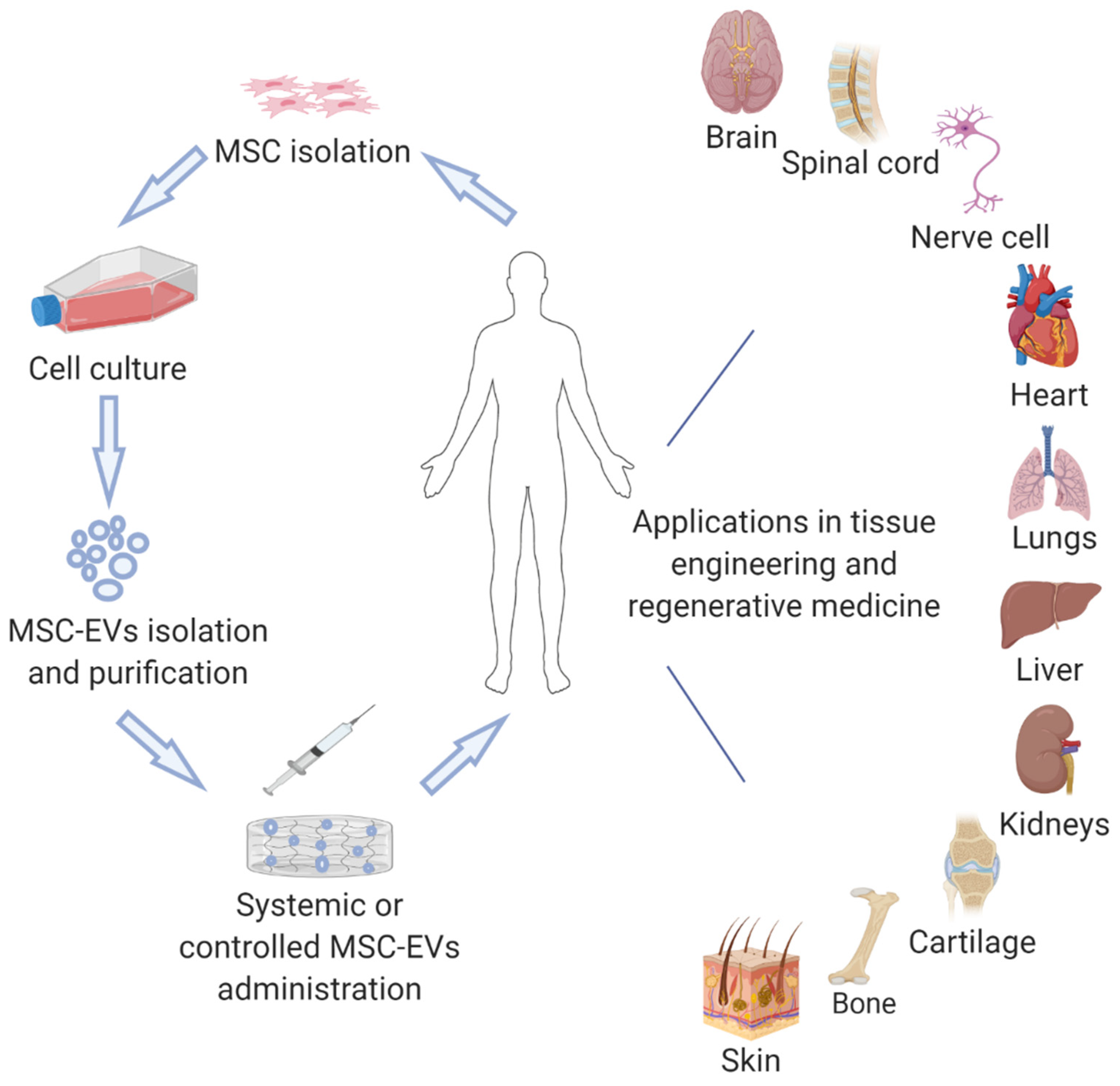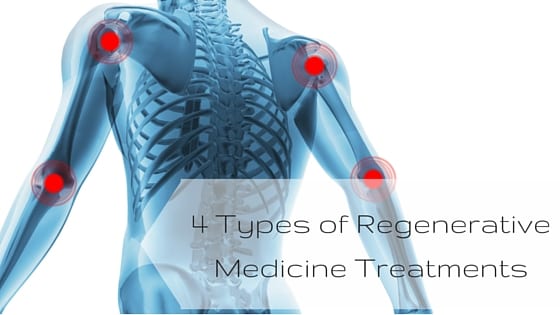Table of Contents

[/image][=video]
[/video]
There are numerous kinds of stem cells. In basic, the term stem cell refers to a category of cells that trigger other cells (like skin, blood, heart, and muscle mass cells) by duplicating and differentiating in reaction to chemical hints. Totipotent stem cells show up at the earliest stage of advancement and are the only stem cells which can create beginning stem cells and the placenta.
Bone marrow transplant (BMT) is an unique treatment for patients with particular cancers cells or other illness. A bone marrow transplant includes taking cells that are normally found in the bone marrow (stem cells), filtering system those cells, and providing them back either to the donor (individual) or to another person. The goal of BMT is to transfuse healthy bone marrow cells right into a person after his or her own harmful bone marrow has been dealt with to kill the irregular cells.
The blood cells that make various other blood cells are called stem cells. The most primitive of the stem cells is called the pluripotent stem cell.
It is the stem cells that are required in bone marrow transplant. The objective of a bone marrow transplant is to treat several diseases and sorts of cancer. When the dosages of radiation treatment or radiation required to heal a cancer cells are so high that an individual's bone marrow stem cells will be completely harmed or damaged by the therapy, a bone marrow transplant might be required.
Regenerative Therapy
This process is typically called rescue. Replace bone marrow with genetically healthy and balanced functioning bone marrow to stop more damage from a genetic condition process (such as Hurler's syndrome and adrenoleukodystrophy). The threats and benefits need to be weighed in a comprehensive conversation with your doctor and professionals in bone marrow transplants before the treatment.
There are different sorts of bone marrow transplants relying on that the donor is. The different sorts of BMT consist of the following: The contributor is the client himself or herself. Stem cells are taken from the individual either by bone marrow harvest or apheresis (a process of gathering peripheral blood stem cells), frozen, and after that repaid to the client after extensive treatment.
The contributor shares the same hereditary type as the client. Stem cells are taken either by bone marrow harvest or apheresis from a genetically matched donor, usually a brother or sis. Other benefactors for allogeneic bone marrow transplants may consist of the following: A haploid-identical match is when the donor is a moms and dad and the genetic match is at least half identical to the recipient.
Matching includes inputting human leukocyte antigen (HLA) cells. The antigens externally of these special white blood cells determine the hereditary makeup of an individual's immune system. There are at the very least 100 HLA antigens; however, it is believed that there are a few significant antigens that figure out whether a contributor and recipient match.
Clinical research study is still investigating the duty all antigens play in the procedure of a bone marrow transplant. The more antigens that match, the far better the engraftment of given away marrow. Engraftment of the stem cells happens when the contributed cells make their way to the marrow and start making new members cells.
Menopause Therapy
All individuals work with each other to give the very best possibility for an effective transplant. The group includes the following: Doctor who concentrate on oncology, hematology, immunology, and bone marrow hair transplant. A registered nurse who organizes all elements of care given before and after the transplant. The registered nurse planner will offer person education, and coordinates the diagnostic screening and follow-up care.
Professionals who will certainly aid you fulfill your nutritional needs before and after the transplant. A number of various other team participants will examine you prior to transplant and will give follow-up treatment as required.

A complete case history and physical examination are performed, including several examinations to review the patient's blood and organ functions (as an example, heart, kidney, liver, and lungs). A patient will certainly often come into the transplant facility up to 10 days before transplant for hydration, examination, placement of the main venous line, and various other preparations.
Blood products and medicines will certainly be provided via the catheter throughout therapy. For an allogeneic transplant, an ideal (tissue entered and matched) contributor must be readily available. Locating a matching donor can be a difficult and prolonged process, especially if a brother or sister suit is not readily available. Volunteer marrow donors are registered in several nationwide and worldwide windows registries.
Benefactor sources offered include: self, brother or sister, parent or loved one, nonrelated person, or umbilical cable from a related or nonrelated person. There are nationwide and global computer registries for nonrelated individuals and cord blood. Some relative might be entered since of the need to aid. These relatives may or might not elect to have their kind registered for use with other recipients.
Stem Cell Therapy servicing Wyoming, Michigan
Examinations connected to his or her wellness, exposure to infections, and genetic evaluation will certainly be done to establish the degree of the suit. The benefactor will be provided directions on just how a bone marrow donation will be made. Once a match for a person requiring a bone marrow transplant is found, then stem cells will be gathered either by a bone marrow harvest.
Or by an outer blood stem cell collection. This is where stem cells are accumulated from the circulating cells in the blood.
Navigation
Latest Posts
Menopause Therapy in Wyoming
Hormone Therapy around Wyoming, Michigan
Perimenopause Treatment